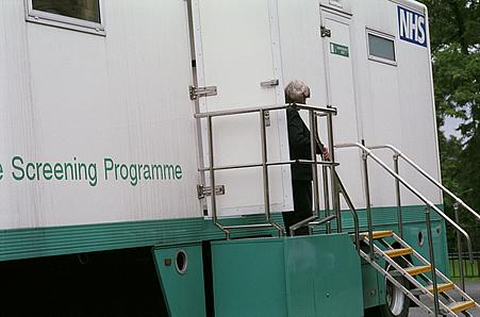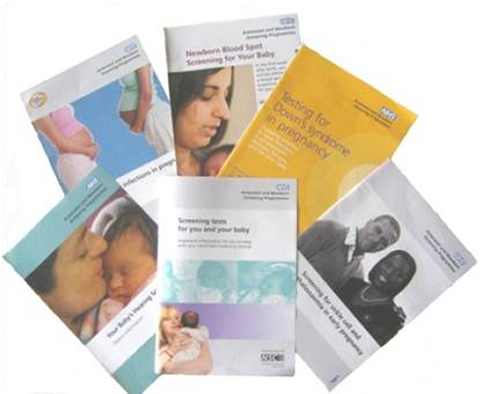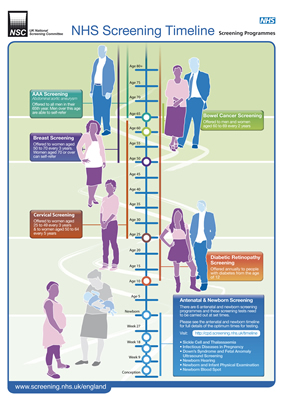Overview and Principles of Screening course


This session provides an overview of the principles and practice of screening, clarifying relevant terms and detailing the concept of informed choice.
Learning Objectives
By the end of this session you will be able to:
- Define and distinguish between the key terms of screening, testing and diagnosis
- Define the components of a screening programme
- Explain the measures used to assess the effectiveness of a screening test
- Explain the importance of patient or parent information in facilitating informed screening choices
Screening is now part of mainstream NHS and public health services. Over the past decade six antenatal and newborn, and two adult screening programmes have been implemented. There are also the established cancer screening programmes, offered to adults.
Healthcare professionals need to know what is offered, when it should be offered and the possible outcomes, in order to offer patients evidence-based care and informed choices.
Jo Harcombe [MA, BA (Hons), DPSM, RM, RN] is currently the National Education Lead to the UK NSC screening programmes (England). This role covers the non-cancer screening programmes for England and ensures delivery of a cross-programme, multidisciplinary education strategy that supports NHS staff, commissioners and education institutes. Jo chairs several groups across the UK NSC and is a representative for the UK NSC across several organisations and stakeholder groups.
Prior to commencing this role Jo worked as a clinical midwife and senior lecturer in midwifery and women’s health and led several education projects related to clinical governance/risk management. Jo started working for the UK NSC in 2001 as a Regional Screening Coordinator for the North East region, and took on the education remit in 2002 part-time and full-time in 2004.
Jo’s Masters Degree is in Educational Leadership and her dissertation explored the use of ‘distributed leadership’ in the NHS as a means of securing sustainable professional education for screening.

- Anaesthesia Fundamentals | Anatomy | Mediastinum a...
- Posted By eIntegrity Healthcare e-Learning
- Posted Date: 2025-02-22
- Location:Online
- This session describes the contents, relations and anatomical divisions of the mediastinum.
- Anaesthesia Fundamentals | Anatomy | Microstructur...
- Posted By eIntegrity Healthcare e-Learning
- Posted Date: 2025-02-22
- Location:Online
- This session will cover the structure of the lungs and pleura at a cellular level. In particular there will be an emphasis on the structure and function relationships which allow gas exchange to occur.
- Anaesthesia Fundamentals | Anatomy | Trachea, Main...
- Posted By eIntegrity Healthcare e-Learning
- Posted Date: 2025-02-22
- Location:Online
- This session describes the structure, relations, blood and nerve supply of the trachea, carina, main bronchi and major bronchopulmonary segments.
- Anaesthesia Fundamentals | Anatomy | Anatomy of th...
- Posted By eIntegrity Healthcare e-Learning
- Posted Date: 2025-02-22
- Location:Online
- This session describes the anatomy of the oral cavity, pharynx and larynx. The nerve supply to the larynx and the implications of damage to these nerves is also described.
- Anaesthesia Fundamentals | Anatomy | Nasal Anatomy...
- Posted By eIntegrity Healthcare e-Learning
- Posted Date: 2025-02-22
- Location:Online
- This session focuses on the anatomy of the nose. It will also explore complications of nasal instrumentation, the functions of the nose, and its vascular and nerve supply.








